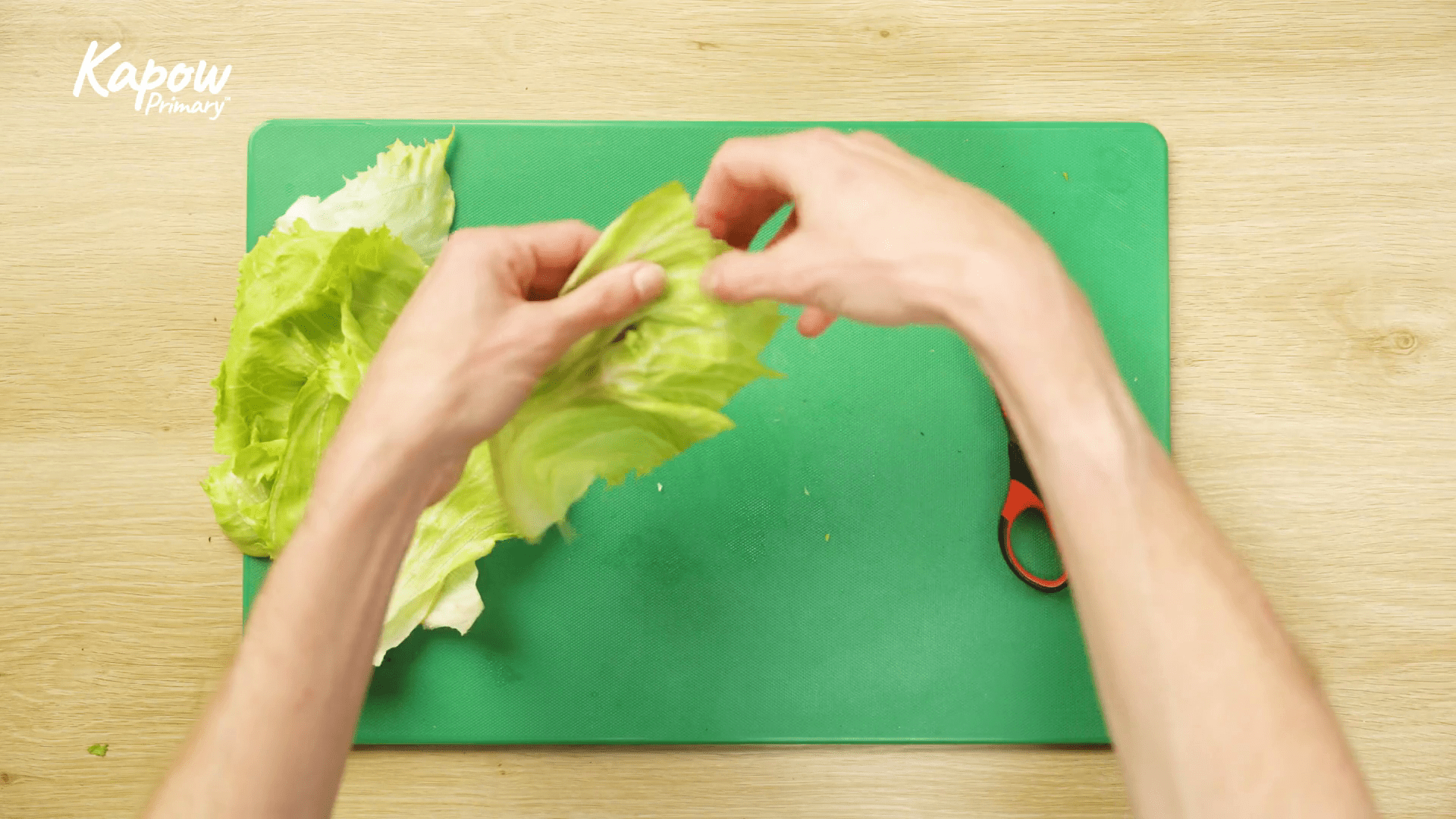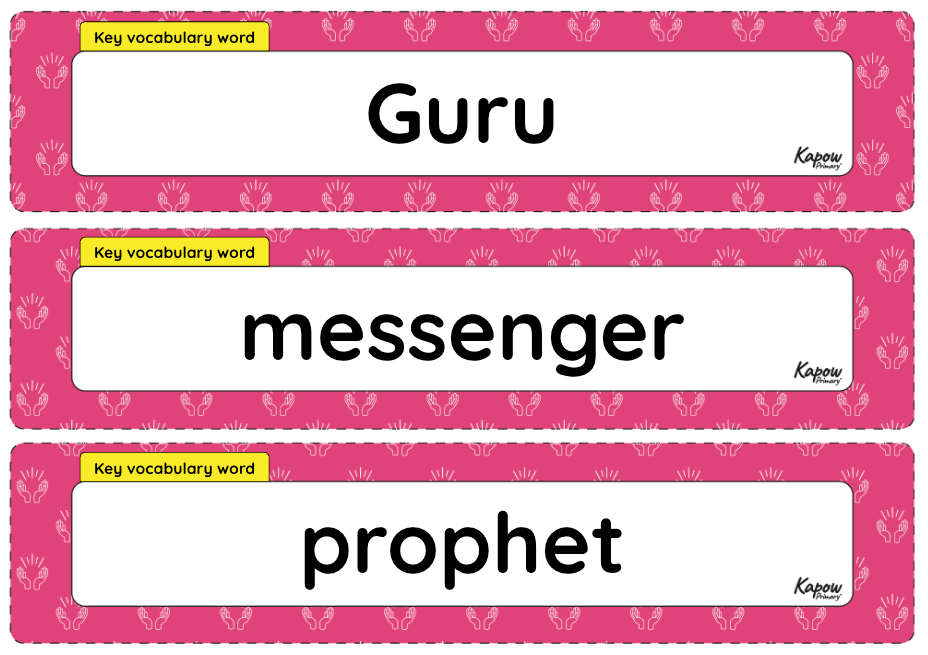Help pupils develop control and precision in spreading from using a spoon for soft spreads in early years to mastering glazing and icing techniques in Key Stage 2.
year: Year 2
Teacher video: Progression in snipping skills
Encourage pupils to develop essential tearing and snipping skills, from tearing herbs in early years to safely snipping and shredding ingredients with precision in Key stage 2.
Teacher video: Progression in grating skills
Understand how pupils develop grating skills, from safely grating soft foods in Key Stage 1 to zesting citrus fruits and grating spices with precision in later years.
Teacher video: Progression in cutting skills
Watch this video to see how children’s cutting skills progress, from using a butter knife in early years to mastering the claw grip and bridge hold with a vegetable knife in Upper Key Stage 2.
Vocabulary display – Science Y1/2 (B): Materials: Uses of everyday materials
This unit vocabulary display includes keywords from the mixed-age unit Science, Y1/2 (B), Materials: Uses of everyday materials and additional unit-specific words that may be helpful in a display.
Key vocabulary is clearly labelled on the display, highlighting essential words that the pupils are expected to retain and reuse in future units. Understanding these words enhances comprehension of the subject and supports understanding of key scientific concepts and processes.
See the full Science: Progression of key vocabulary.
Knowledge organiser – Science Y1/2 (B): Materials: Uses of everyday materials
A Knowledge organiser that captures the essential knowledge and skills learnt throughout the mixed-age unit Science, Y1/2 (B), Materials: Uses of everyday materials.
This resource is designed to support the children as they explore the uses of everyday materials. It highlights key vocabulary and examines how different materials, such as metal, wood and plastic, are chosen for specific purposes. The resource also explores how some materials can change shape through stretching, twisting, bending or squashing. It is perfect for consolidating essential knowledge and fostering an understanding of how materials are used in the world around us.
Webinar: Supporting Safer Internet Day In Your Classroom
Join Sophia Elhamid, Kapow Primary’s Computing specialist, for a practical webinar to help you make Safer Internet Day more meaningful for your pupils. This session is packed with ideas and strategies, providing everything you need to promote responsible online behaviour and digital resilience in your classroom. It covers:
- Engaging lesson ideas for Safer Internet Day
- Strategies for teaching online safety in an age-appropriate way
- Practical tips for fostering digital resilience
- Ways to involve parents and carers in the conversation
- Resources to support your teaching and raise awareness
Webinar: Wellbeing in the Classroom: Ideas for Children’s Mental Health Week
Join Emma Symonds, our RSE & PSHE specialist, for a webinar on enhancing pupil wellbeing during Children’s Mental Health Week. This session offers:
- Strategies to foster a supportive classroom environment.
- Activities to boost self-expression and emotional awareness.
- Tips for integrating mindfulness and relaxation techniques.
- Resources that align with the theme ‘Know Yourself, Grow Yourself,’ focusing on resilience and connections.
Vocabulary display – R&W Y2: What is a prophet?
This unit vocabulary display includes keywords from the Year 2 unit Religion and worldviews, Y2, What is a prophet? and additional unit-specific words that may be helpful in a display.
Key vocabulary is clearly labelled on the display, highlighting essential words that the pupils are expected to retain and reuse in future units. Understanding these words enhances comprehension of the subject and supports understanding of prominent organised worldviews.
See the full Religion and worldviews: Progression of key vocabulary.








